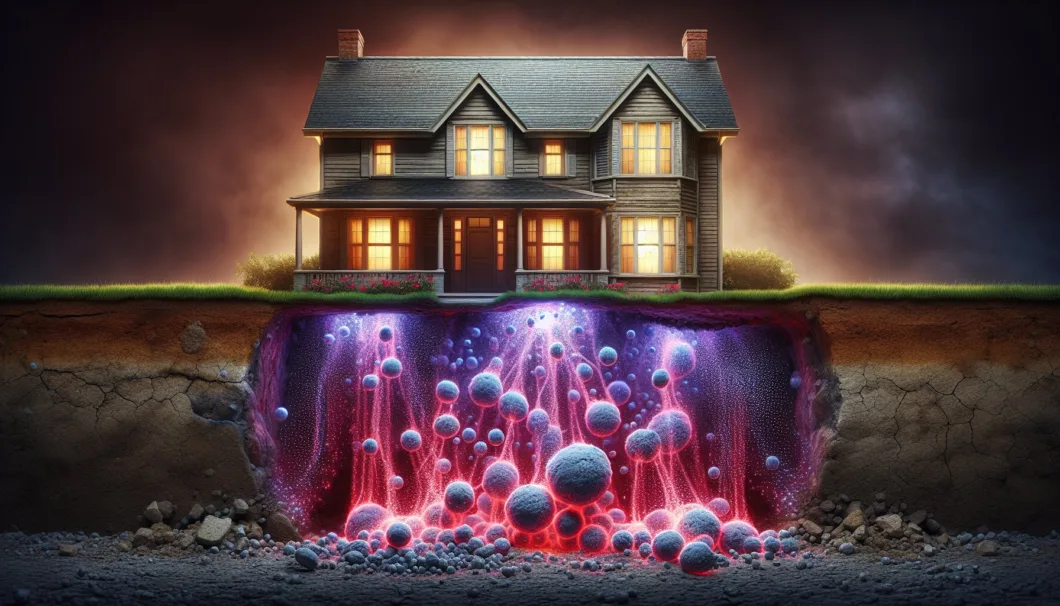Radon gas, a radioactive substance, is a silent threat that can infiltrate homes through cracks in the foundation or well water. It’s produced when uranium, thorium, and radium break down in the ground. Long-term exposure to radon can lead to lung cancer, with radon exposure being the second leading cause after smoking, causing about 20,000 deaths in the U.S. annually.
Despite the risks, many homeowners are unaware of radon due to its invisibility and odorlessness. Testing for radon is the only way to detect it, with kits available at hardware stores. However, for reliable results, professional grade instruments and technicians are recommended. Radon levels can vary greatly, so long-term readings provide the most actionable results.
Radon can be found in any home, but levels are usually higher in homes closer to the ground, poorly ventilated, tightly sealed, or well-insulated. The EPA estimates that one in every 15 American homes has elevated radon levels. If high radioactivity levels are detected, measures such as sealing cracks, increasing ventilation, or installing a radon reduction system can reduce radon levels. Continuous monitoring is recommended after radon mitigation system installation.
In conclusion, radon gas is a preventable risk. By taking radon tests the necessary steps to reduce its levels, we can protect ourselves and our loved ones from this invisible threat.
Full article is available to read here: The Danger of Radon Gas in your home


